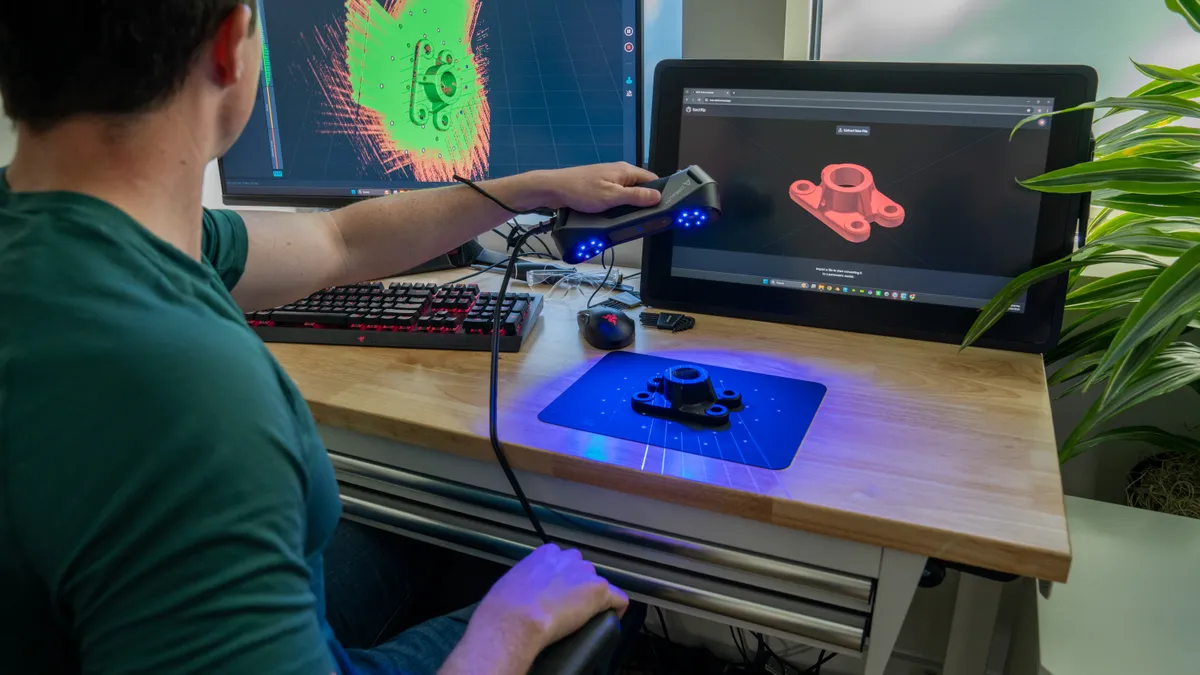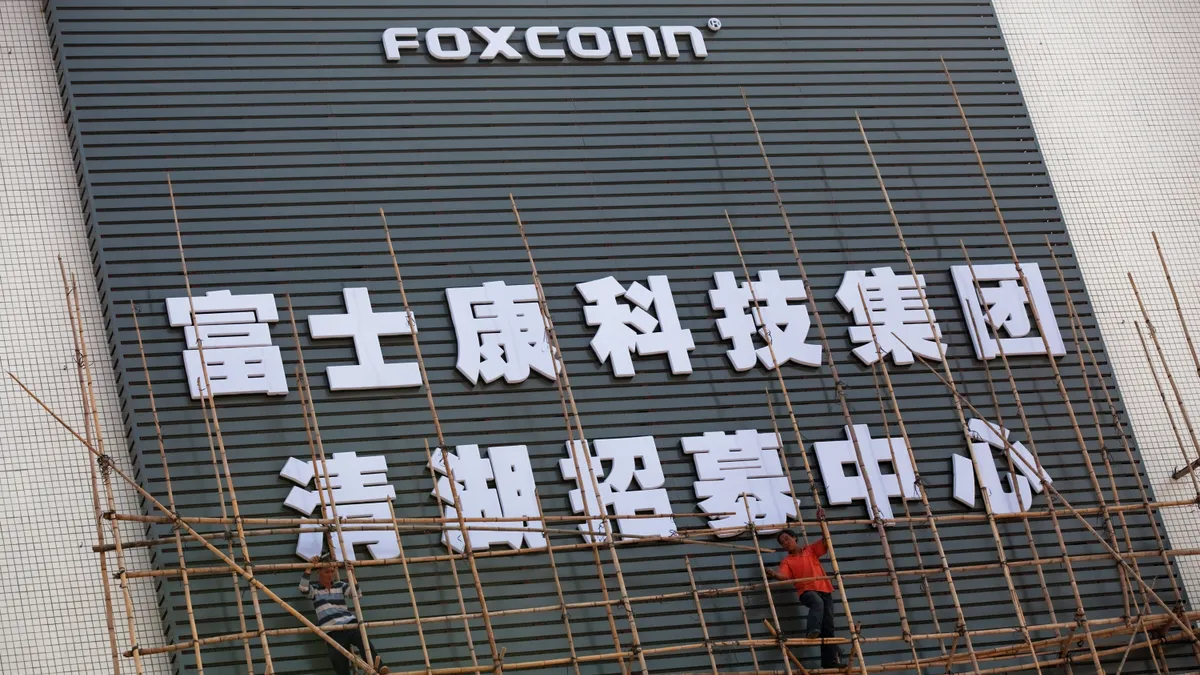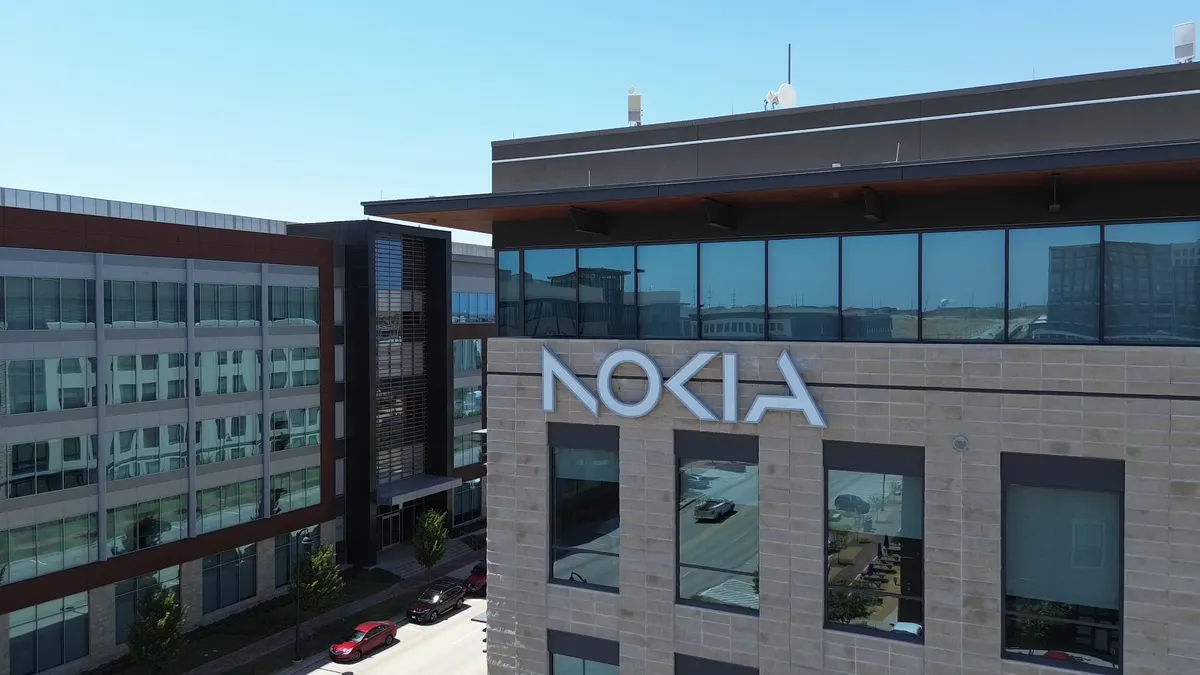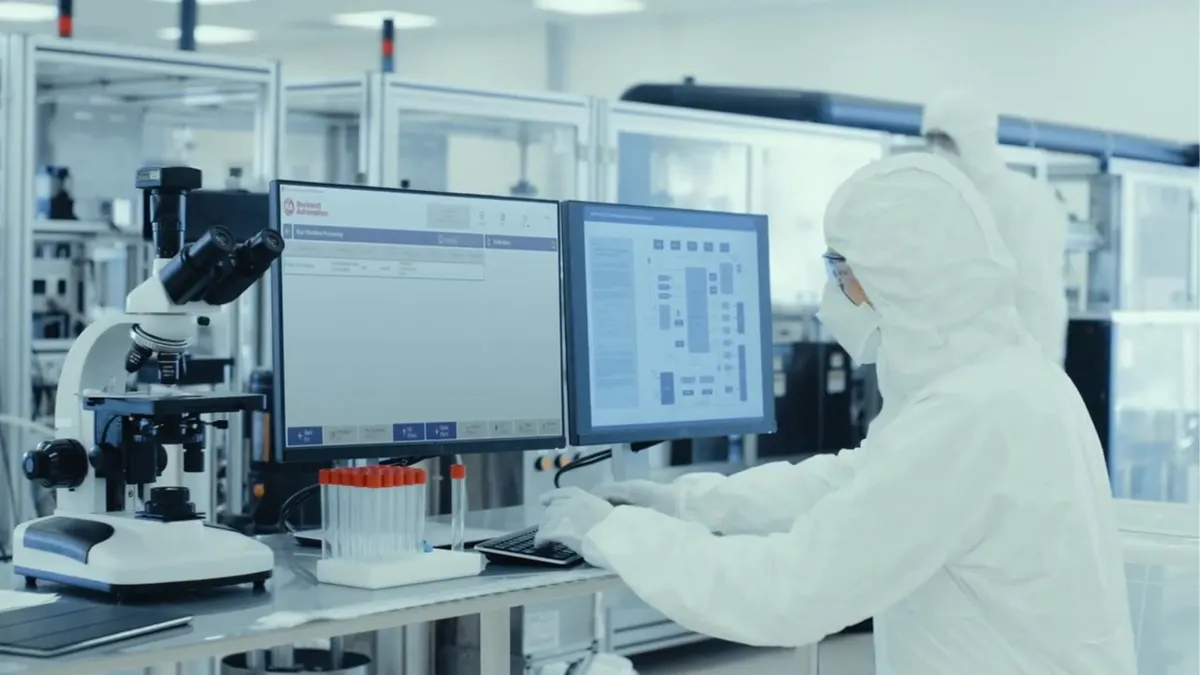Chris Gentle is an audit partner in KPMG’s global semiconductor practice. Views are the author’s own.
The semiconductor industry is currently experiencing a transformative era, driven by advancements in technology, shifting market dynamics and increasing demand for high-performance computing solutions.
As we move through 2025, the industry is navigating an uncertain path. While growth opportunities appear strong, challenges such as talent acquisition, geopolitical uncertainty and ongoing supply chain pressures continue to add complexity to the landscape. These factors, based on KPMG’s global survey of semiconductor executives conducted at the end of 2024, are set to shape the industry in the months ahead.
Geopolitical tariffs and tensions add uncertainty
We’re seeing geopolitical tensions and tariffs cause continued uncertainty in the market. Semiconductor executives echoed that sentiment with 63% of respondents expressing high concern, specifically for renegotiated trade deals and tariffs. These issues are expected to increase production costs, disrupt supply chains and affect market dynamics.
To mitigate these risks, companies are exploring strategies such as increasing geographical diversity, investing in digitization and developing more sustainable supply chains. Other considerations from companies look like reshoring, nearshoring and friendshoring options. These measures are crucial for ensuring the industry's resilience in the face of geopolitical uncertainties.
Talent acquisition and development challenges
One of the most pressing challenges facing the semiconductor industry is the shortage of skilled workers, particularly in specialized areas like AI and quantum computing. To address this, companies are investing heavily in employee training, upskilling and development programs. They are also implementing succession planning, leveraging technology to enhance productivity and offering competitive compensation and flexible work arrangements.
Additionally, partnerships with educational institutions and industry organizations are being strengthened to build a robust talent pipeline. These efforts are essential for ensuring that the industry has the skilled workforce it needs to drive innovation and growth.
Demand for GPUs and advanced storage driving growth optimism
Despite tariff tensions and talent challenges, the semiconductor industry is expecting to see robust revenue growth this year due to strong demand for graphics processing units and advanced storage solutions. A majority of executives (86%) are anticipating an increase in their company's revenue — among these, 46% predict growth exceeding 10%, according to KPMG’s survey.
This optimism is echoed at the industry level, where 92% of executives foresee overall revenue growth over last year and 36% expect growth of more than 10%. GPUs and advanced storage solutions are essential for AI, data centers and cloud computing. These technologies require high-speed, efficient microprocessors and high-capacity storage, making them critical components of the industry's future.
The demand for GPUs and advanced storage solutions is not just a trend; it is a fundamental shift in the industry's landscape. By the end of 2025, 86% of executives project revenue growth and 72% anticipate increased R&D spending to support these advancements. The rise of AI, data centers and cloud computing is fueling this demand, as these technologies require powerful and efficient computing capabilities.
As the industry continues to innovate, the development of new and more advanced GPUs and storage solutions will be crucial for maintaining a competitive edge.
Supply chain flexibility measures
To ensure supply chain flexibility, semiconductor companies are taking several proactive measures. These include increasing geographical diversity, investing in digitizing the supply chain with predictive analytics and AI automation, and building a more sustainable supply chain.
Companies are also developing new or revised continuity plans, reprioritizing end markets, building a more customer-centric supply chain, increasing manufacturing capacity, and enhancing internal supply chain capabilities. Some companies are even considering participating in government funding or subsidies to support these efforts. These strategies are essential for maintaining the industry's ability to adapt to changing market conditions and ensuring a steady flow of products to customers.
Staying committed to innovation
The semiconductor industry's commitment to innovation is unwavering, with 72% of respondents predicting an increase in research and development spending and 63% expecting to increase semiconductor capital spending in the next year. This focus on innovation is driven by the growth of generative artificial intelligence, which is seen as a catalyst for new technologies.
The majority of executives project their company's revenue will grow in 2025, further supporting the industry's investment in innovation. As the industry continues to push the boundaries of what is possible, the development of new and advanced technologies will be crucial for maintaining a competitive edge and driving long-term growth.
Positioning for the long-term
KPMG’s 2025 industry outlook highlights an industry that is on a path for growth while navigating a myriad of changes. From the increasing demand for GPUs and advanced storage solutions to the shortage of skilled workers and geopolitical tensions, the industry must be agile and innovative to succeed.
By investing in talent, diversifying supply chains, and committing to innovation, the semiconductor industry can overcome these challenges and achieve its full potential. As we move through 2025, the industry's resilience and adaptability will be key to its continued success.





















